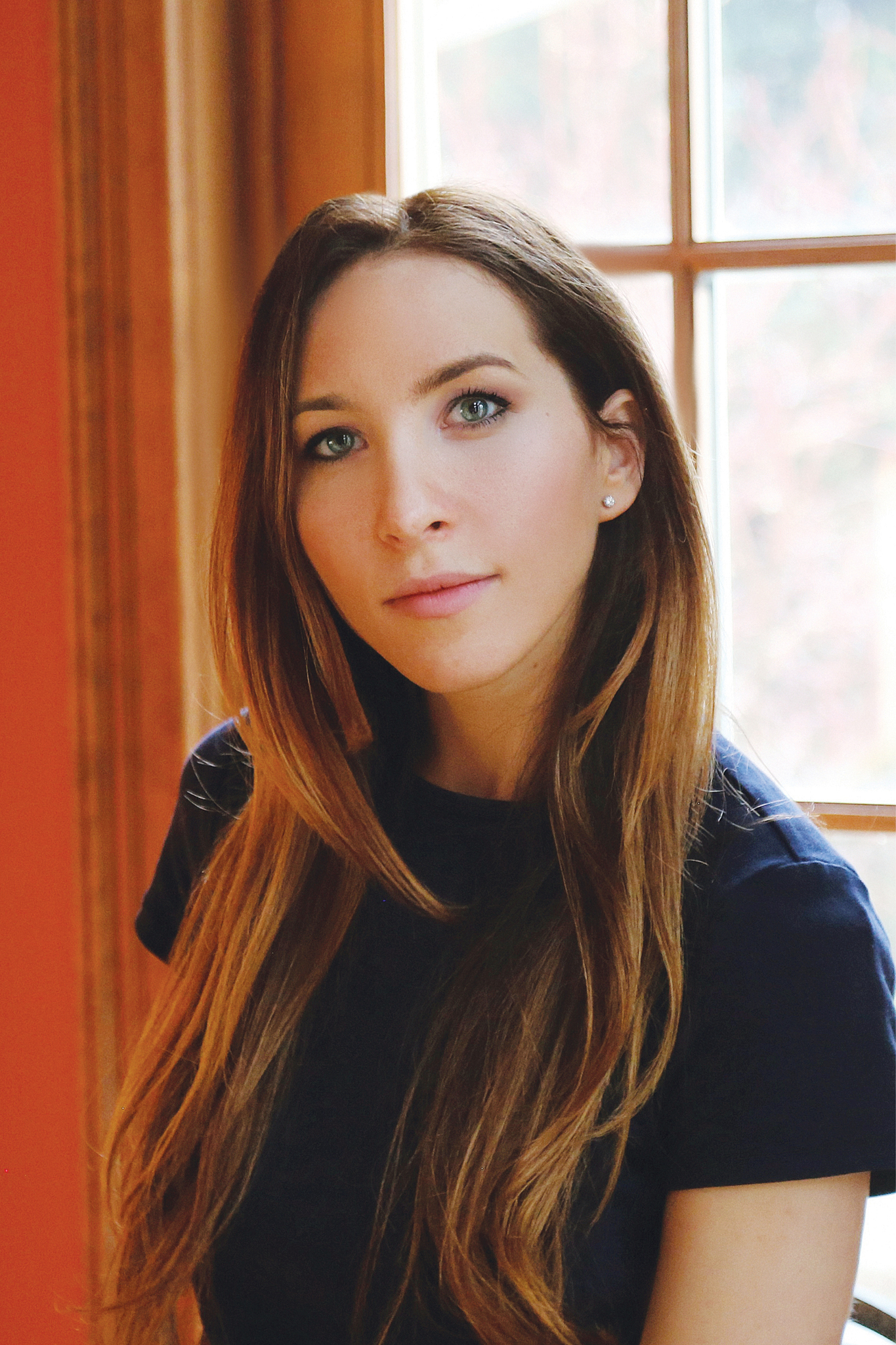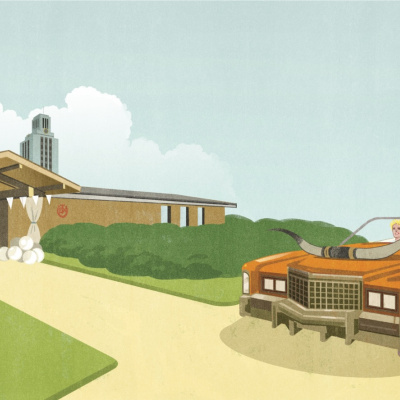Good Reads Q&A: Michener Grad on Empathy and Mystery in Her Debut Novel


One could easily misrepresent The World After Alice by fixating on the flaws of its characters. In the novel, set more than a decade after teenage Alice’s suicide, her best friend and younger brother gather their families once more for a surprise wedding, with everyone’s wounds and faults on full display. Yet even as a reader might try to assign blame to one of the many characters still reeling with grief, every narrator emerges as a sympathetic figure.
Lauren Aliza Green, MFA ’21, weaves together points of view with a haunting suspense reminiscent of a thriller and a gentle luminosity that tempers the inherent melancholy of the story. The Alcalde spoke with Green about her debut novel, out July 2 from Viking, and her approach to storytelling.
What part of the story came to you first?
The first thing I ever wrote was the prologue of Alice walking along the bridge. At that point, I don’t think I even knew what the story was about [or] what it would become. I just had this image, and I thought, Let’s write into it. Let’s see where this goes.
That first scene is not told from her point of view. It’s told from the point of view of everyone outside of her, so then I thought, Where is her family? Who is she? What is she doing here?
The book uses alternating points of view throughout. Why did you decide to use that storytelling technique?
That was always in there. It was almost just my subconscious wanting to play around and inhabit other people. I think I’m really interested in how, when you put a whole bunch of people in a room together, if you make something happen in that space, everybody’s going to walk out of there and tell an entirely different story.
What was it like writing Alice’s character, who is so present as a force yet absent from the action?
It’s this idea of writing around an absence, this abyss that everybody is circling, and simply by the nature of their circling, they create the shape. How do you write to this thing that is invisible? How do you shape a thing that cannot occupy a shape in its own right? And how can we know if the shape created matches the actual person?
Did some things remain mysterious to you or surprise you as you were writing the story?
There’s so much I know about the characters that doesn’t make it onto the page or gets removed, but hopefully you can feel the weight of that information without it ever coming to the surface. Part of it was that I wanted to try everything—so if I had five or six people in a scene and then the dog, well, could I go into the dog’s head?
That said, I also do think people are fundamentally mysterious, and as much as I can know a character, there are also things that I’ll never know.
Did you feel a marked difference in your writing when switching between place and time—12 years prior in New York City, versus in Maine at the wedding?
I think something happens, when the characters are taken out of their natural setting, that could not occur for the years that this pressure was building when they’re in New York. Part of that is just the way that, when we’re in a city, the bustle of it can distract us from the things we don’t want to confront—and these characters are so good at that. They are capable of throwing themselves into the world and therefore not really ever having to turn and look inward. And then they’re moved to a place of so much space, and all they can do in that state is look at each other. Without the tall buildings, there’s this way in which the flatness allows for their subconsciouses to unspool outward.
How did you write with empathy while crafting such complicated characters?
I’m constantly reading—and moving through the world—with empathy at the fore of my brain and heart. That’s how I try to encounter people. Nothing is ever black and white. So if somebody acts in a way that might be questionable, there must be something behind it, because from every individual’s point of view, they’re doing what they believe is right. If I take everybody on that premise, suddenly all bets are off. What would it be like to see a person acting in good faith yet also disagree with their actions?
Can you tell us about your next project?
I’m working on another novel—a modern-day King Lear set in New York City that follows three siblings contesting their father’s will.
This interview has been edited and condensed.






